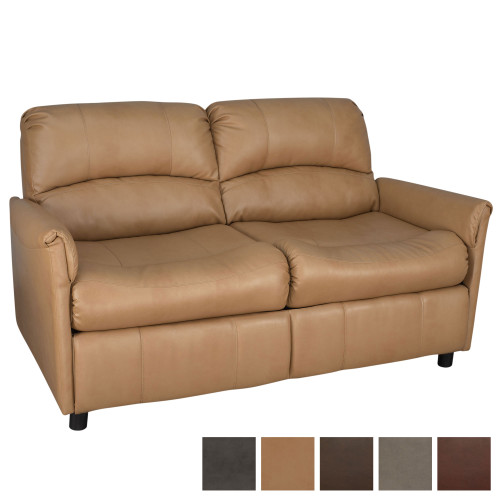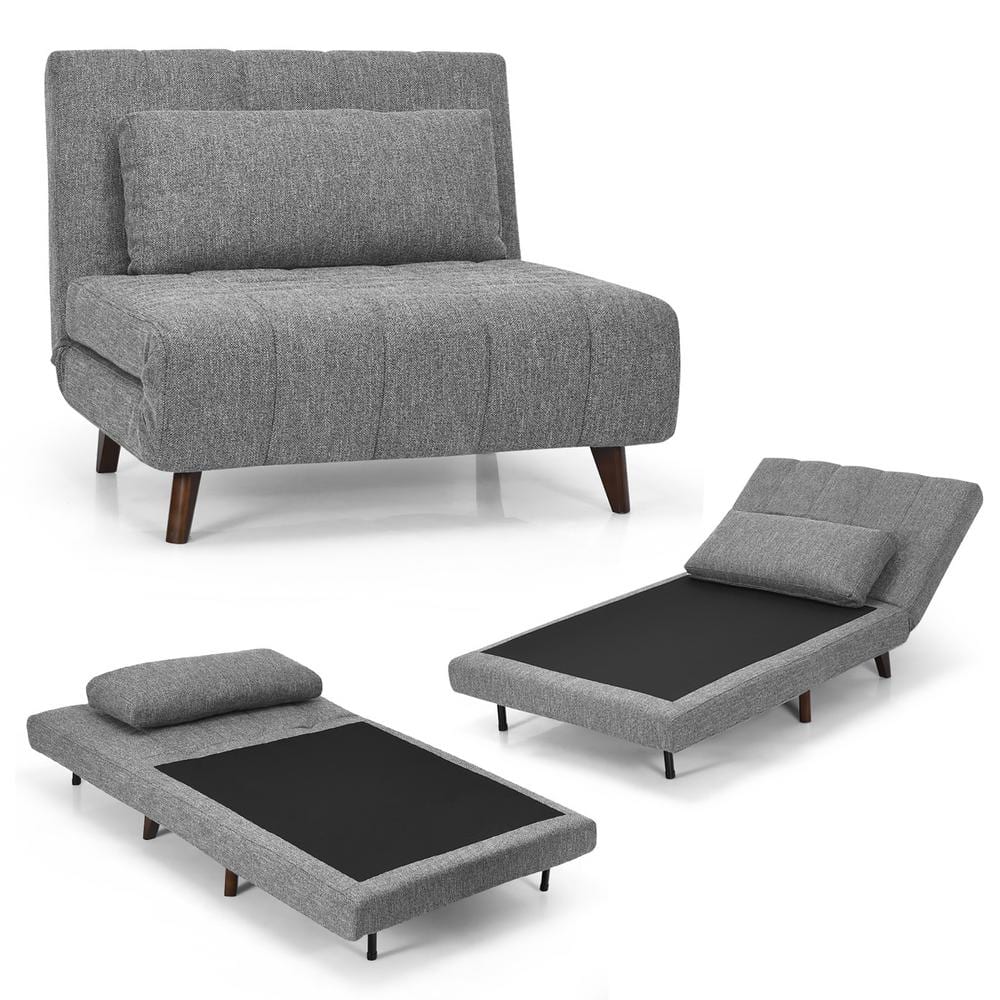2025 UPDATE: built thread started
---------------------------------------
these are the voyages of the planetship tumbleweed. its 10? year mission: to explore strange new places; to seek out new likes and maybe even civilization; to wander into places where someone has likely gone before!
---------------------------------------
these are the voyages of the planetship tumbleweed. its 10? year mission: to explore strange new places; to seek out new likes and maybe even civilization; to wander into places where someone has likely gone before!
----------------------------------------
update 2024, a lot of the info in this thread has changed, especially the older posts
----------------------------------------
i'm starting this thread to help myself plan for a future conversion of a cargo van to a RV [van life] i don't have a van yet so some aspects here will be hypothetical. there is no guarantee that a EV transit will be the chosen vehicle but ford is currently the leader in EV vans so...
some minimum goals:
- EV, the van will have an electric only drive train
- minimum 200 mile real world range, preferably 300-500 mile range
- lots of PV panels for both comfort and charging the van [1k-3k watts]
- high level water reclamation/filtration system
- minimally reuse shower water for more showers
- hopefully also reuse shower/sink water for more shower/sink use
- minimally reuse shower water for more showers
- mini-split heat/AC
- separate battery system 3-10 kWh size pack
- both 120v and 240v outputs
- 240v minimum output of 4000 watts, 6000+ watts preferred
- both 120v and 240v outputs
- stealth camping
- pulling water from the air system
- 100% water reclamation/filtration with tiered outputs [drinking, dishes, shower]
- self driving option
- onboard AI system to record/respond to people outside van when owner is not available
- signage on the side of van to pretend like its a commercial work van [stealth camping]
- large e-paper panels to change what is displayed on side of van
- permanent option "<last name>'s electric van"
looking to buy/start conversion in 4-8 years. there are a number of variables that go into this projection the two biggest ones are "retirement" and van availability [currently there are no EV van options with sufficient range]. other factors that could come into play would be if start a relationship between now and then.
checklist and rough sequence
- body/floor modifications
- mini-split: false wall and possibly floor cutout
- given the difficulties of mounting the condenser unit, i think i will give up some of the inside of the van. ideally i would like to cutout part of the floor so i can lower the unit minimizing how much of the inside is taken up. if that is not possible then i would like to add enough ventilation below the unit to help with air flow.
- i think it would be best to put close to a wheel well, for load balance it would be best in front of the tire, however, for best air flow place unit behind the tire. also for load balance on the passenger side would be ideal but then the fan and noise will face the side walk which might impede stealth camping
- i think i can use the wheel well to help with air flow. this would require a filter with sufficient air flow yet durable enough to block debris from the tire. alternatively, a removable barrier [preferably one accessible from inside].
- placing the unit behind the tires will give it vent access at the wheel well and at the rear of the van.
- air space clearances of the condenser unit below, however, the snow covers seem to violate these minimums so i think there is some wiggle room. i assume too much air gap clearance restriction will decrease the maximum power and possibility the efficiency. most of the units stated that if there more clearance on the bottom the other clearances can be decreased. while facing the fan, summary of various minimum air space clearances units i've looked at had, in inches [brackets are preferred gaps] [[driver side placement] [passenger side placement]]
- 8-14 [20] on the right [[vents to rear of van] [vents to wheel well]]
- 4-6 [10] on the left [[vents to wheel well] [vents to rear of van]]
- 4-6 [10-20] back, false wall will need to accommodate this and taper up...
- 16-20 [40] on top, ...to also accommodate this, large vents will be on the side
- 2-4 [10-18] bottom, either exposed to the outside or ventilation in the floor
- lots in the front, cut hole in wall and make fan grill flush with wall.
- water tank; if possible either make a floor cutout or mount the tank directly under the van leaving enough room to insulate around it so that it can be partially heated by the interior.
- mini-split: false wall and possibly floor cutout
- ceiling modifications; i would like to make the cuts before putting anything into the van but it would be easier to wait until the insulated ceiling is going in for best fit but also don't want holes in the roof for an extended period of time
- ceiling fan
- skylight; shallow dome window [two ply] that would only extend above the van roof top by an inch or two. need to make sure there is enough gap between solar panels, however, the skylight will be positioned in the middle of a solar panel so it will have more room. a removable insulated panel will cover the skylight on the inside and be flush with the ceiling. i'll make this cover large and mounted with magnets. when removed the magnets on the ceiling will then be used by the shower curtain.
- roof rack mounts for solar panels
- insulated floor
other build notes:
- softwoods substantially lighter and have twice the R-value vs hardwoods. softwoods are not as strong as hardwoods but they are fairly close. softwoods also seem to be cheaper
- stainless steel has 1/3 the thermal conductivity of regular steel so try to use stainless steel at thermal breaks






